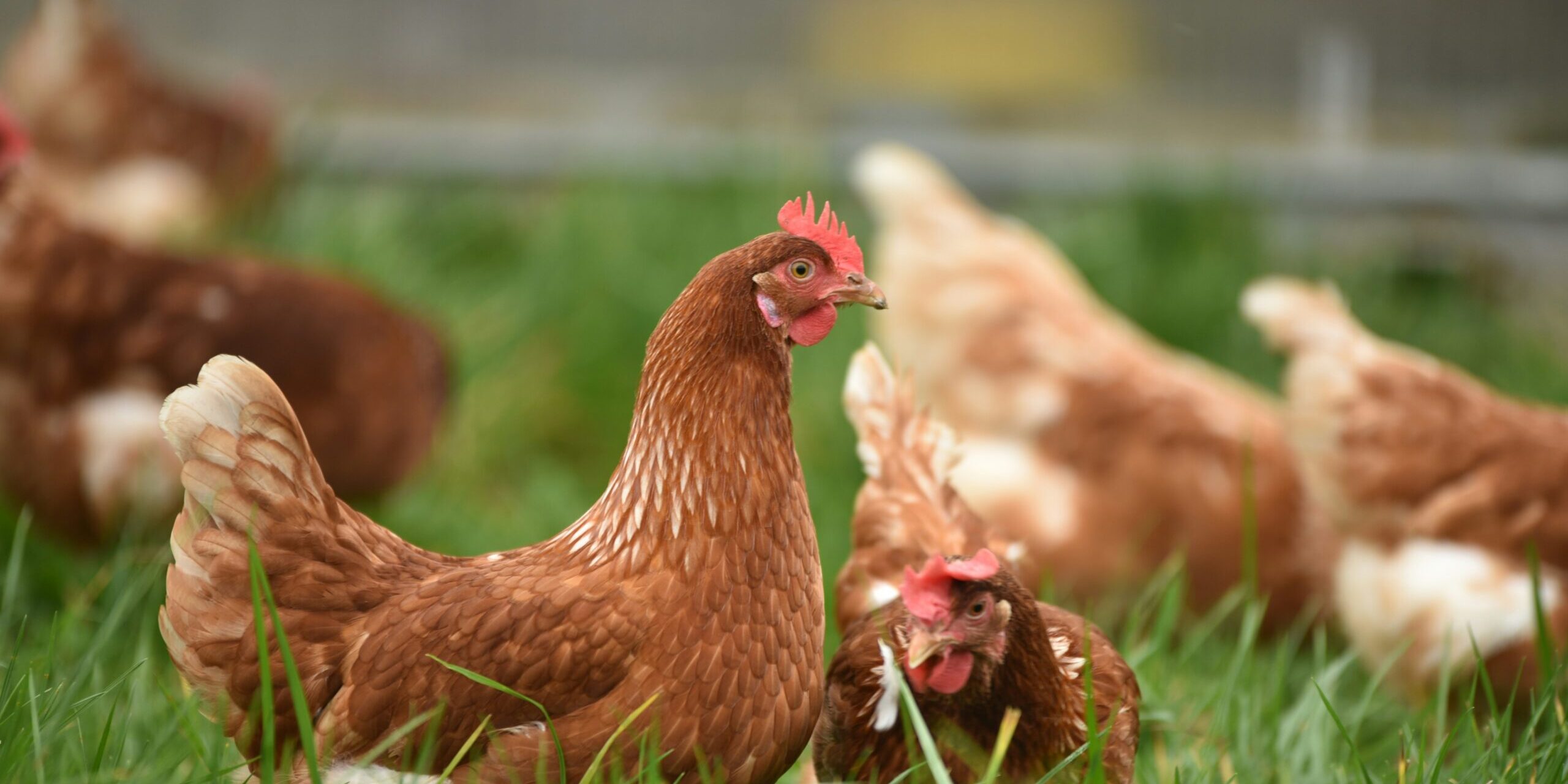Entrepreneurs and businesses are being urged to seize emerging investment opportunities in Asia’s poultry supply chain, as South and Southeast Asia are poised to become the world’s fastest-growing poultry markets over the next six years. This comes after a challenging period of slow growth from 2020 to 2023.
A recent research report highlights that the combined growth forecast for these regions is expected to reach 30% by 2030. The previous slow growth was primarily due to the Covid-19 pandemic, which significantly impacted sales in foodservice and traditional markets, leading to an oversupply. Additional factors included high feed costs, African swine fever, and avian influenza.
The anticipated growth is driven by strong economic prospects, population growth, and shifting consumer preferences towards poultry meat. The region’s economic and population growth, along with modern distribution networks and platforms, are expected to create significant value opportunities. These include the expansion of food service offerings, online food sales, and modern retail, fostering value addition and branding strategies.
Asia is projected to dominate global poultry market growth by 2030, accounting for 55% of the market share. South and Southeast Asia are expected to represent around 45% of global population growth between 2022 and 2030, with significant contributions from India, Pakistan, and Bangladesh.
Several key drivers underpin this bullish market outlook: recovering growth in spending power, ongoing population growth, and evolving consumer preferences. The International Monetary Fund forecasts annual GDP growth in Southeast Asian countries to recover to around 4.5%, with a corresponding drop in CPI to around 2.3% between 2024 and 2028. This economic growth is likely to boost spending power, leading to increased animal protein consumption.
Consumer preferences are also shifting towards poultry due to its competitive price, health benefits, taste, and convenience. In regions like Northeast Asia, there has been a noticeable decline in seafood consumption, with consumers increasingly opting for poultry. This shift is further supported by significant investments in production and its wide availability in foodservice channels.
Local production will drive most of the growth, although imports will continue to play a strategic role in the regional supply chain. With food security remaining a priority and less than 5% of the market currently supplied by imports, there is potential for countries like Thailand, India, and Vietnam to become major exporters.
#ICTTMNews #SupplyChainNews #MarketTrends #EconomicGrowth #PoultryMarket #InvestmentOpportunities







